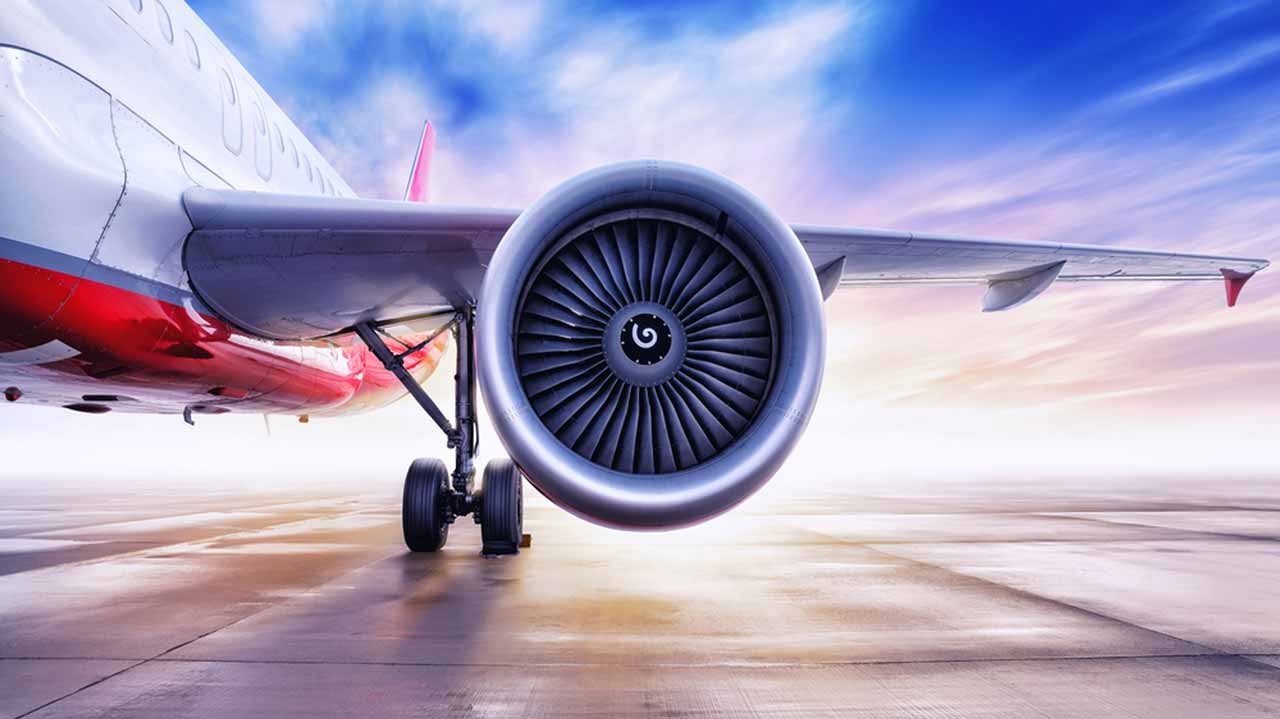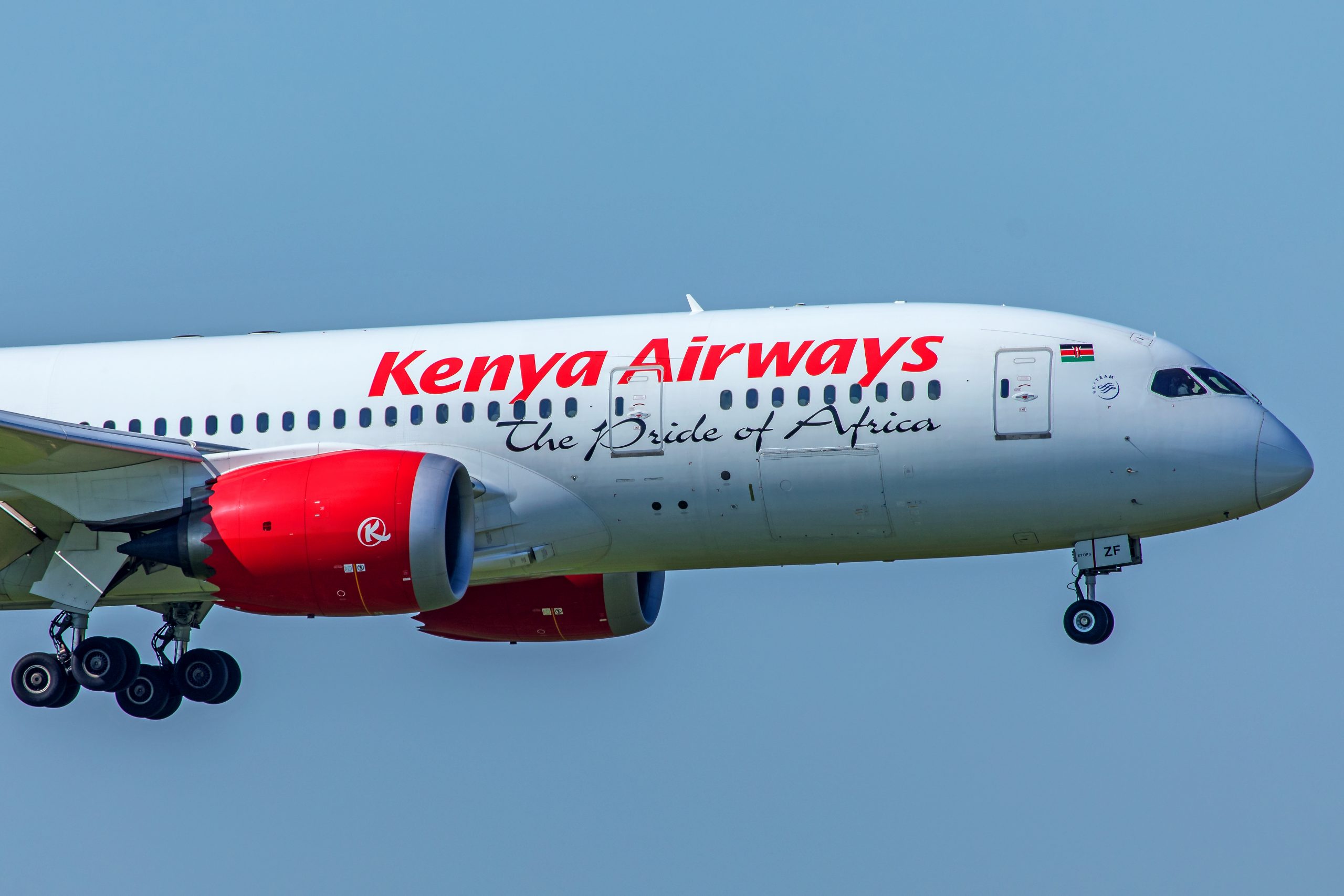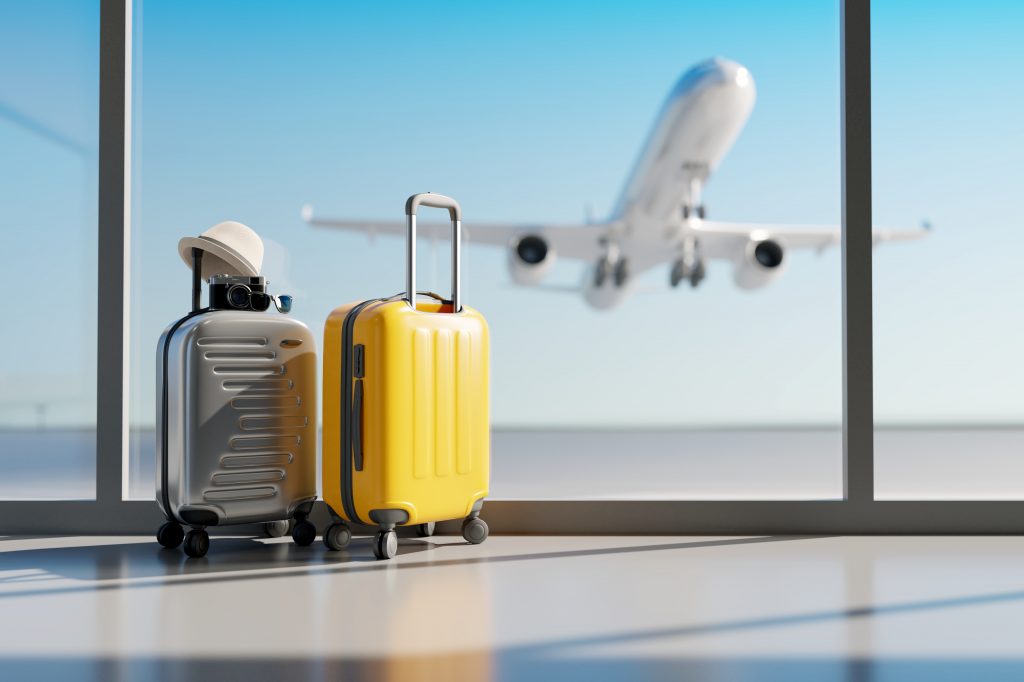Kenya is keen to cement its position as a world travel destination as the World Travel Awards move to the global stage in Muscat, Oman, next month. This is after sweeping up to 25 awards in the just concluded Africa and Indian Ocean Gala Ceremony in Nairobi, on October 15, held at the Kenyatta International Convention Centre (KICC).
The hosts–KICC was among the biggest winners having been voted Africa’s leading meetings and conference venue for the fourth year running.
Nairobi also retained its position as Africa’s leading business travel destination.
According to KICC chief executive Nana Gecaga, WTA coming to Kenya for the second time was a show of confidence in the destination, and that the hospitality and travel industry is back.
“We have been able to bring back the glory, positioning KICC as a leading meetings and conference venue,” Gecaga who has been at the help of KICC for the last seven years, said.
KICC has been closely working with the hotel industry to host major conferences, with both the service and meetings businesses reaping big from top dollar spending by visitors.
It is estimated that every international delegate spends at least Sh376,000 per conference trip of about three to six days, reflecting the huge potential MICE holds for the economy.
“Apart from MICE, beach and Safari, Kenya also has huge potential in medical, sports, education tourism among other offerings,” Gecaga said.
KICC will be seeking to be voted the World’s Leading Meetings and Conference Centre in the November 11 grand gala.
Nairobi has been listed among nominees for the World’s Leading Business Travel Destination and Leading City Destinations categories, as the country features in at least 30 categories featuring airport facilities, airlines, conservancies, hotels and safari companies.
Top on the list among local companies is Twiga Tours, one of the oldest companies in the tours and travel business in Kenya.
Founded in 1980, the firm prides itself on offering highly personalised African Safari experiences in Kenya and the East Africa region.
During last week’s Nairobi gala, it won Africa’s Responsible Tourism Award and Kenya’s Leading Luxury Safari Company, setting it for the global stage.
“To have been nominated for the World’s Responsible Tourism Company and the World’s Leading Safari Company is in itself a huge recognition of our ethical service and warm Kenyan hospitality,” the company’s CEO Minaz Manji told the Star.
“We always strive to create and set high standards in the hospitality sector and this will always be our focus. Africa and particularly Kenya can be mighty proud of our nominations irrespective of the final results,” he added.
Also going to the global stage after Nairobi wins is the Kenya Tourism Board which will be seeking the World’s Leading Tourist Board.
Pollman’s has been nominated for the World’s Leading Tour Operator 2022, after being named Kenya’s Leading Destination Management Company 2022.
Pollman’s Group Operations Director and seasoned hotelier Mohammed Hersi said: “Kenya’s tourism and travel is looking good. The future looks bright.”
Baobab Beach Resort which runs three luxurious properties – The Baobab, The Maridadi, and Kole Kole retained its position as Kenya’s Leading Family Resort 2022 and has been nominated for the World’s Leading Family Resort award.
Other nominees are Port of Mombasa (World’s Leading Cruise Port), Kenya Airports Authority (World’s Leading Airport Operator), Four Point by Sheraton-Nairobi Airport (leading airport hotel), while Leopard Beach Resort’s Residences has been nominated for the World’s Leading Hotel Residences.
Swahili Beach Reasort has been nominated for the World’s Leading Beach Resort, Manda Bay in Lamu (leading private island resort), Angama Mara (world leading safari lodge), Fairmont Mount Kenya Safari Club (world leading hotel) among other nominees.
Kenya as a country has been nominated as the World’s Leading Destination and World Leading Safari Destination, battling it out with Botswana, Namibia, South Africa, Tanzania, Uganda, Zambia and Zimbabwe.
During the Nairobi gala last week, WTA founder and president Graham Cooke termed Kenya as a gem with unique travel and tourism products and features.
“You have an amazing country. Kenya is uniquely positioned…it is a hub and in the world’s tourism map,” Cooke said.
With the destination angling for post-Covid-19 recovery, Kenya is keen to bounce back with international arrivals this year expected to reach 1.4 million.
This is up from 870, 467 recorded in full year 2021, which was a growth from 567. 848 arrivals in 2020, a year that the industry took a beating from the effects of the Covid-19 pandemic.
Total arrivals for the eight months to August were 924,812, up from 483, 246 same period last year.
The United States remained the leading international market source.
Uganda had the second most arrivals, mainly visiting for business, followed by the UK, Tanzania, India, Germany, Rwanda, Somalia, Ethiopia and France closing the top ten list.
Source: The Star









